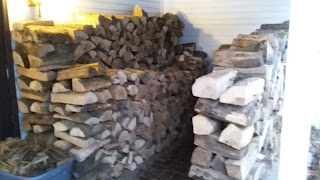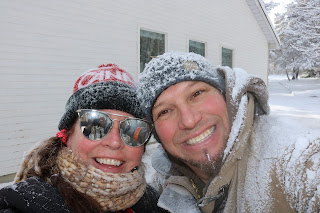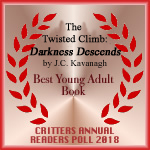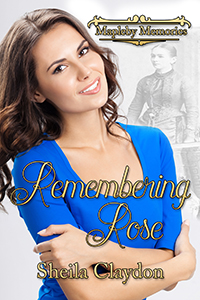I
have an active blog eclecticwriter and often have guests. I’ve been guesting on
other people’s blogs. Since the first of the year, I’ve been noticing some
things about the blogs I’ve visited. They all did something I often do not do.
So I’m making a note to let the person pposting to know when their material
will go live. Hopefully I’ll remember. Now for some questions from people who
have blogs and those who visit other people’s blogs.
How
do you promote your own blog when you have guests? Do you let them know? Do you
post the appearance on Facebook, Twitter or other places that allow promotion?
I try to do them all.
Do
you go to your won blog when there’s a visitor and read the comments and make
your own if needed? This is something I hope to do better with.
Now
for those who are guesting, a few questions. Do you visit the blog and let the
author know you’re glad to be there? Do you promote your appearance on sites
such as Facebook, Twitter and other places that allow this type of promotion?
Do you check periodically for those who have visited and made comments? Do you
dialogue with those who have commented?
When
I visit, I do promote the blog I’m visiting on the day I appear. I also chack
for about a week to see if there are any comments and also to comment if
needed.
Other
people’s blogs can give you venues and find readers and writers you may not
know.
My Places
https://www.facebook.com/janet.l.walters.3?v=wall&story_f
http://wwweclecticwriter.blogspot.com
https://www.pinterest.com/shadyl717/
Buy Mark




























.jpg)
